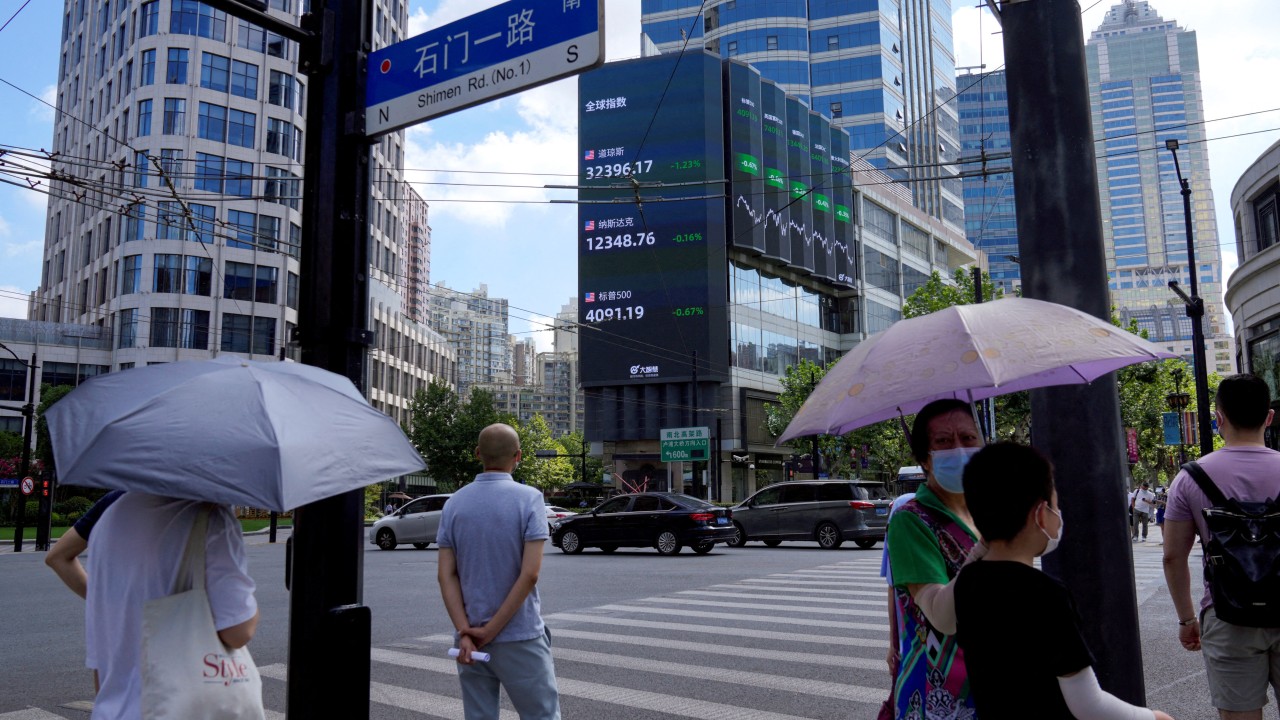
Meanwhile, Chinese publicly traded companies generated a record 2.6 trillion yuan (US$330 billion) in free cash flows last year and amassed 18 trillion yuan of cash on their balance sheets, it said.
The strategy of betting on high-dividend stocks has proved successful over the past three year. The CSI Dividend Index of the top 100 such stocks on the mainland’s exchanges has beaten the benchmark CSI 300 Index each year since 2021.
“Incorporating high-yielding equities into domestic Chinese investors’ portfolios should expand their efficient frontier, underscoring the potential diversification benefits and portfolio value gains from bond-like equities in a Chinese context,” Goldman said in the report.
Higher dividend payouts may also ease the fiscal pressure on the Chinese government as it grapples with falling revenue from land sales, as 47 per cent of the market capitalisation of listed SOEs is controlled by state entities, according to Goldman. A one percentage point increase in the dividend payout ratio could raise fiscal revenue by 23 billion yuan, it said.
Goldman created a pool of 40 stocks across 16 industry groups to trade on the shareholder-value theme, with SOEs – including liquor distiller Kweichow Moutai, electricity generator China Yangtze Power and Industrial and Commercial Bank of China – making up 65 per cent of the weighting.
The portfolio is expected to fetch a 3 per cent shareholder-return yield and a 5 per cent free cash flow yield this year, Goldman said. Historical data showed that these stocks have returned 11 per cent in total over the past three years, outperforming both the MSCI China Index and the CSI 300 Index.
“A likely prolonged housing market deleveraging cycle should be conducive to asset diversification flows from properties to equities for both individual and corporate investors” Goldman said in the report.
“Policy changes and market reforms such as the nine measures, private pension plan reforms, and the rising popularity of factor-based exchange-traded funds should also help gradually channel institutional flows to the equity market.”

